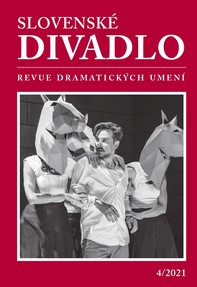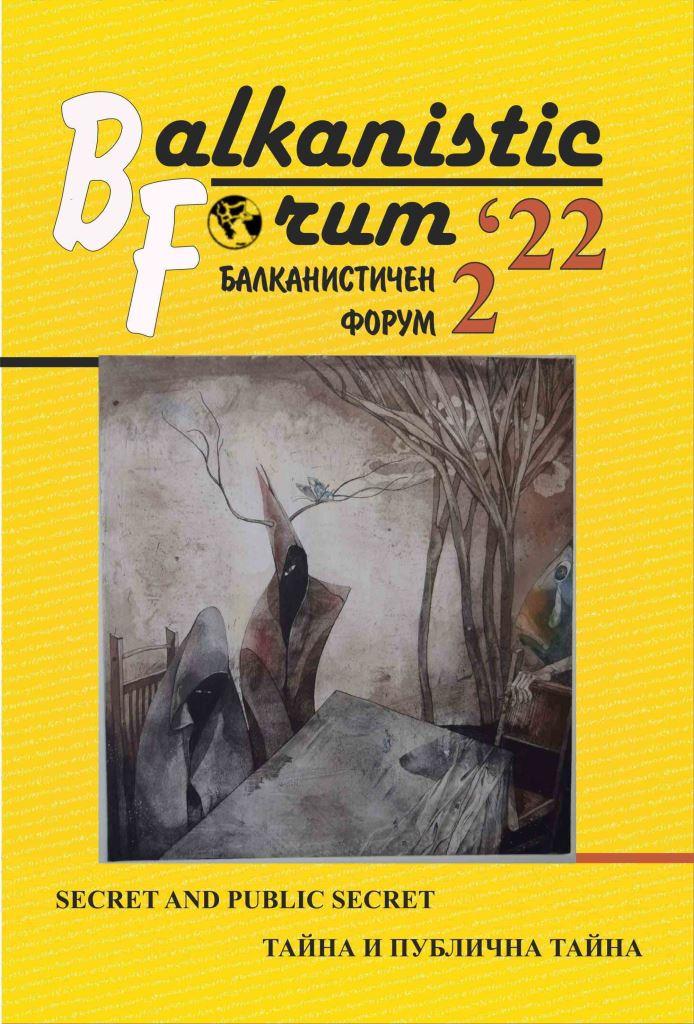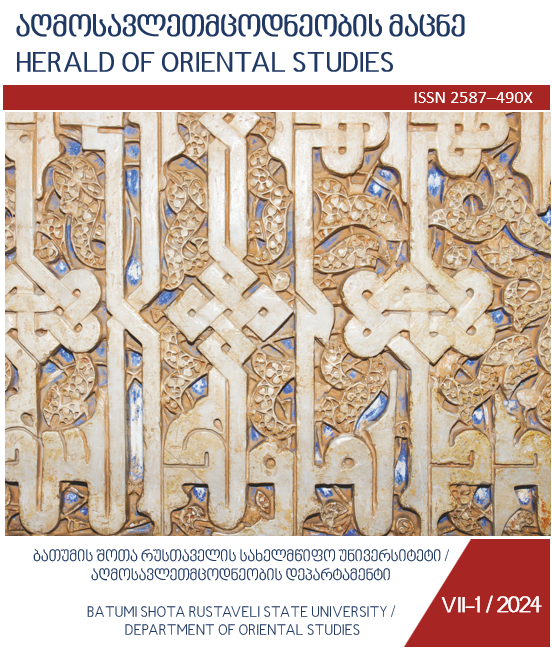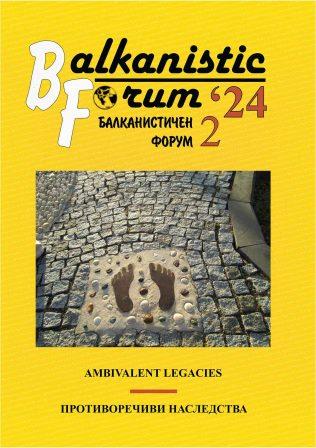Author(s): Gabriel Tagauri / Language(s): Georgian
Issue: 8/2024
In Georgian scientific studies, numerous remarks and analyses have been made on Georgian folk and literary tales. This preceding work presents an effort to synthesize and enrich existing publications. This research aims to delve into the linguistic study of Georgian folk and literary tales through comparative textual analysis, as well as to uncover lesser-known facets of renowned Georgian authors today. The uniqueness and distinction of the Georgian fairy tale is emphasized, showcasing its importance as a valuable phenomenon that is intriguing, complex, and deserving of caution, to ensure its authentic preservation and dissemination within the fabric of society. Due to the observations noted herein, we find ourselves obliged to engage in a meticulous examination, classification, and analytical synthesis of long-standing tales, to contribute to their rigorous reintegration into both scientific discourse and everyday literary considerations, naturally alongside other genres. Predominantly recognized in their completed form, Georgian fairy tales have been less explored in terms of their creative processes, formation and development specifics, including their intricate internal form and the artistic and linguistic tools uniquely employed by both known and unknown Georgian authors during the creation process. The paramount scientific value and novelty of this dissertation lie in its transformed paradigm of traditional classification of Georgian tales. Utilizing historical-comparative, typological, textual, and descriptive research methodologies, this dissertation is devoted to elucidating the complex, refined, and structured process of folk and literary tale creation. It is intended for specialists in the field as well as for a broad audience interested in the subject matter. Fairy tales represent the oldest form of contemplation, encapsulating both the cognitive and material evolutionary stages of humanity. They provide rich insights into ancient civilizations, as vividly perceived and dissected in their narratives, thereby becoming a cultural acquisition of knowledge-seeking intellectual societies. It can be asserted that such texts invariably preserve a historical trajectory. Consequently, fairy tales vividly depict the evolving societal moral principles, spiritual values, ethical virtues, illuminations of intellect (technological advancements), and most importantly, the wise anticipation of the future. Through fairy tales, contemporary readers acquaint themselves with the perspective of "pre-culture cultures," i.e., how nature was perceived and adapted to by humanity in various degrees. Therefore, discussing fairy tales from a specific vector, even if it is folkloric, is justified because they simultaneously represent cultural, historical, scientific, philosophical, religious, mystical, psychological, and socio-cultural phenomena. It is intriguing to view fairy tales as true exponents of pre-history, pre-literature, pre-science, and pre-religion (religion as doctrine) eras. Georgian fairy tales had no specific genre prerequisites and were meant to inculcate moral and ethical values in people, irrespective of their gender, age, faith, ethnicity, or viewpoints. Thus, the Georgian folk fairy tale, if it may be termed so, was also imbued with a universal missionary function, serving the spread of overarching humanistic ideals within a knowledge-seeking cultural society. We believe that to better understand the modern world, it's crucial to delve deeper into the primordial world since, often, the standing on a developmental step reveals more secrets than the apparent, real, and visible. Following these observations, ancient civilizations can freely be considered the key to modernity. The non-material or material cultural relics of Sumerian-Babylonian, Egyptian, Greek, and Iberian-Colchian epochs-cultures, upon viewing and scientific study, naturally provoke a foundational doubt that the human being, fighting for survival and adapted to hunting in the wilderness, was at a higher stage of development and possessed a far richer social network (socalled Internet) than today’s daily user of the same. The critical analysis of the subject forces us to also consider that technical-innovative achievements dazzled humanity and gradually distanced it from nature, which, in turn, incited a more pronounced and robust self-operational capability in homosapiens. Based on all mentioned above, we must redeclare our personal commitment to the fairy tale, as a mysterious repository of knowledge: posing the question - What is a fairy tale? And answering it ourselves: A fairy tale is an immortal example of self-activity and a marvelous listener to nature.
More...






